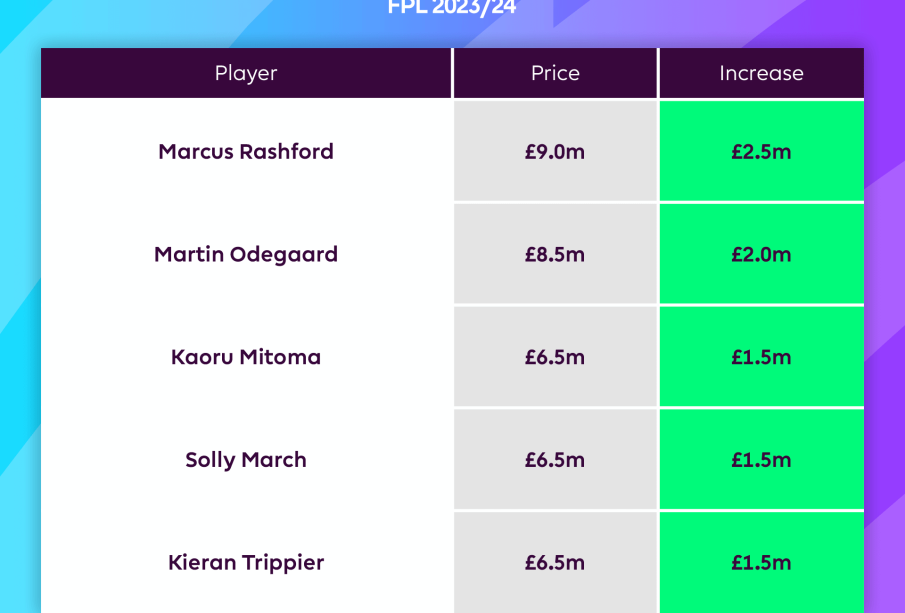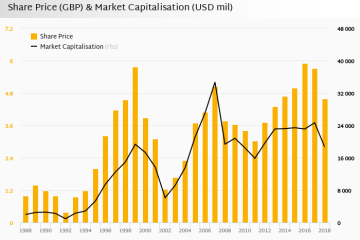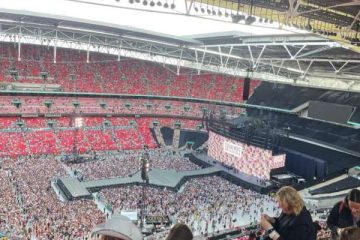Understanding FPL Price Changes for 2023

The Importance of FPL Price Changes
As Fantasy Premier League (FPL) managers strategise for the season, understanding price changes becomes crucial for maximising team potential. Changes in player prices can significantly influence a manager’s ability to build a competitive squad, affecting transfer strategies and overall game performance.
What Triggers Price Changes?
In FPL, player prices fluctuate based on two main factors: demand and performance. When a player has an outstanding performance, such as scoring goals or providing assists, their popularity may surge, resulting in increased transfers in. Conversely, injuries or poor performances can lead to decreased demand and thus a drop in their value. Typically, a player’s price can change by 0.1 million pounds after the number of transfers in or out reaches a certain threshold, often set at around 100,000 transfers.
Recent Trends in Price Changes
During the current 2023 season, there have already been several notable price shifts. For instance, early in the season, players like Bukayo Saka and Erling Haaland saw significant surges in their prices due to impressive performances. These adjustments reflect not only their on-field contributions but also the growing trust from fantasy managers. Interestingly, the FPL price change system now uses an algorithm that considers both transfers and the player’s current ownership to better balance the market.
Impact of Price Changes on Team Strategy
FPL price changes require managers to be proactive rather than reactive. A consistent monitor of player form and price movements allows managers to make informed decisions about when to buy or sell players. Failure to act on such information could result in potentially missing out on capitalising from rising stars or losing value from struggling players. Additionally, managers must navigate the impact of price changes on their team budget, which directly affects their transfer capabilities.
Looking Ahead: Forecasting Future Changes
As the season progresses, monitoring emerging talents, injury news, and fixture difficulty will be key in forecasting potential price changes. The first few game weeks are often volatile, but after this initial phase, trends usually stabilise, providing a clearer picture of the players likely to increase or decrease in value. FPL managers are advised to stay engaged with community discussions and analytics to keep abreast of these developments.
Conclusion
In conclusion, staying updated on FPL price changes is essential for any serious fantasy football manager. Understanding the factors influencing price fluctuations, monitoring player performances, and strategically planning transfers can greatly enhance one’s success in the league. As the 2023 season unfolds, savvy managers will continue to adapt to the dynamic nature of player valuations, ensuring they maintain competitive squads.









